14/01/2020 | Hannah Jacobi
Argo Factory in Teheran
Iranian collector Hamidreza Pejman transformed an old brewery in Tehran into a private museum. The first exhibition was a solo show of Nazgol Ansarinia.
The news of the crash of Ukraine International Airlines flight 752 near Tehran on January 8th this year shocked everyone, including the art world in Iran. The reactions included a wave of black images on Instagram and the closure of many art galleries in the Capital, including the renowned Ab/Anbar Gallery, who announced that they would remain closed until further notice.
The only positive news is the opening of Argo Factory, a new private museum in downtown Tehran, . It is the initiative of collector Hamidreza Pejman, and it opened with a solo show by Iranian artist Nazgol Ansarinia. The opening was originally scheduled for last year, but was postponed until November due to riots triggered by rising gasoline prices, which met with a brutal crackdown..
The site of the museum is an old brewery built in the 1920s - a poignant detailin the Islamic Republic, where alcohol is forbidden. It functionedin the city centre until the Revolution and then remained empty for more than 40 years. Then owned by the government, the decaying building was auctioned in 2016 and purchased by the collector's Pejman Foundation, which entrusted the impressive restoration to New Yorkbased architectural firm ASA North.
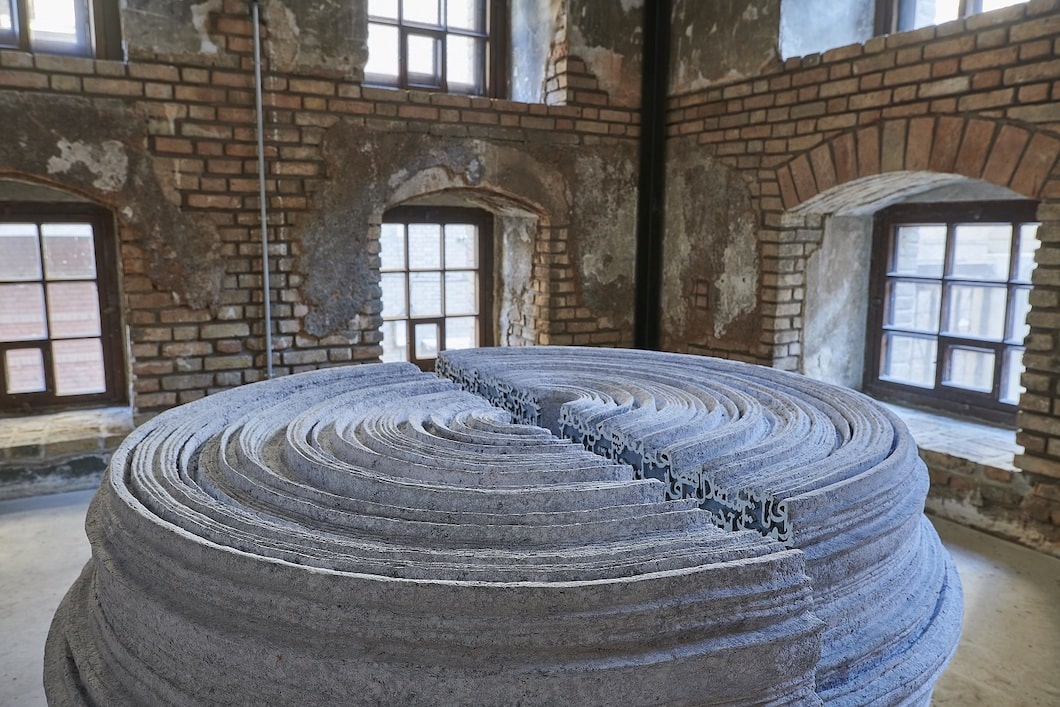
Nazgol Ansarinia, Pillars, Courtesy dell’artista e Green Art Gallery

Nazgol Ansarinia, Membrane, 2014, Courtesy dell'artista
Hamidreza Pejman has great projects in mind: his aim is nothing less than to set a new standard for contemporary art in Iran, and he sees the work of his foundation and Argo Factory as having an educational mandate. "It is important that contemporary art is authentic," said Pejman, who has been successful as a real estate developer. In his early twenties, he began collecting Iranian art, buying everything he could get in his hands on, from Persian miniatures to modern to contemporary art. The more he became involved in art clubs, the more he wanted to give a profile to his collection, turning to contemporary art. "If you want to do an exhibition of the last ten years of Iranian art, you can refer to me," says Pejman, who has in his collection works by Ahmad Aali, Fereydoun Ave, Ala Dehghan, Mohammad Hossein Emad, Parvaneh Etemadi, Raana Farnoud, Bita Fayazzi, Parastou Forouhar, Mohammad Ghazali, Ali Golestaneh, Shahla Hosseini, Mehran Mohajer, Masoumeh Mozaffari, Ali Nasir, Nikzad Noujomi, Baktash Sarang Javanbakht, Kourosh Shishegaran, Sadegh Tirafkan and many others. He is among the few collectors in the country to have already exhibited parts of his collection and plans to have it accessible to the public.
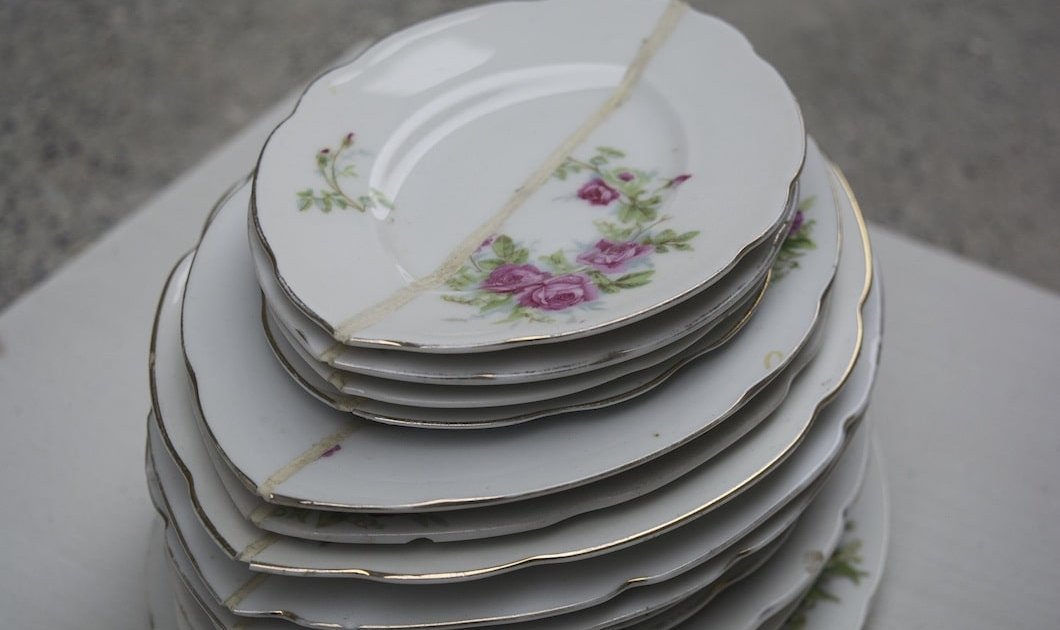
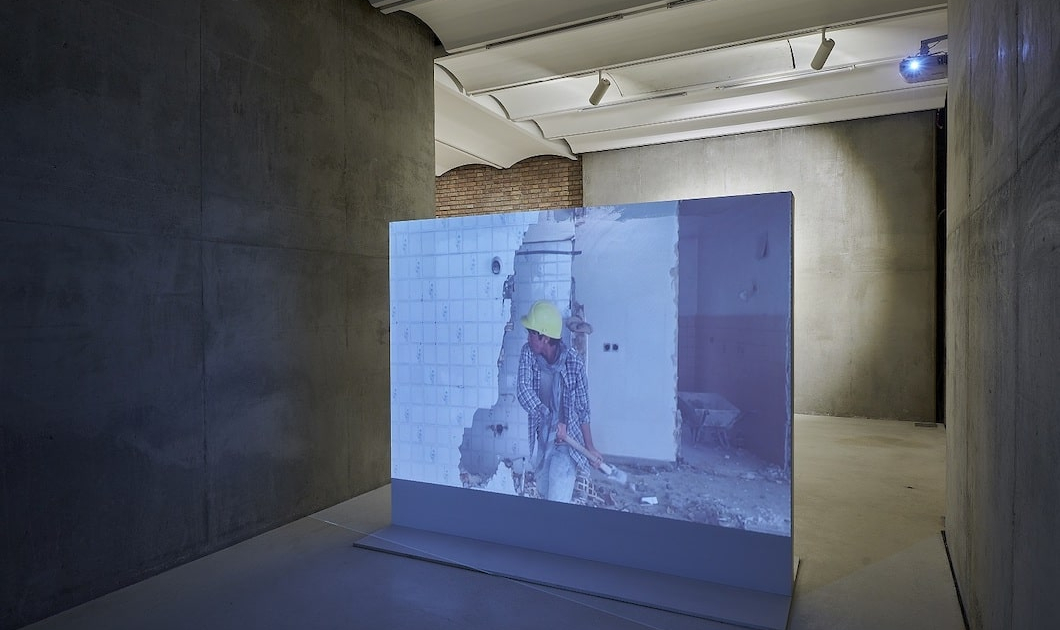

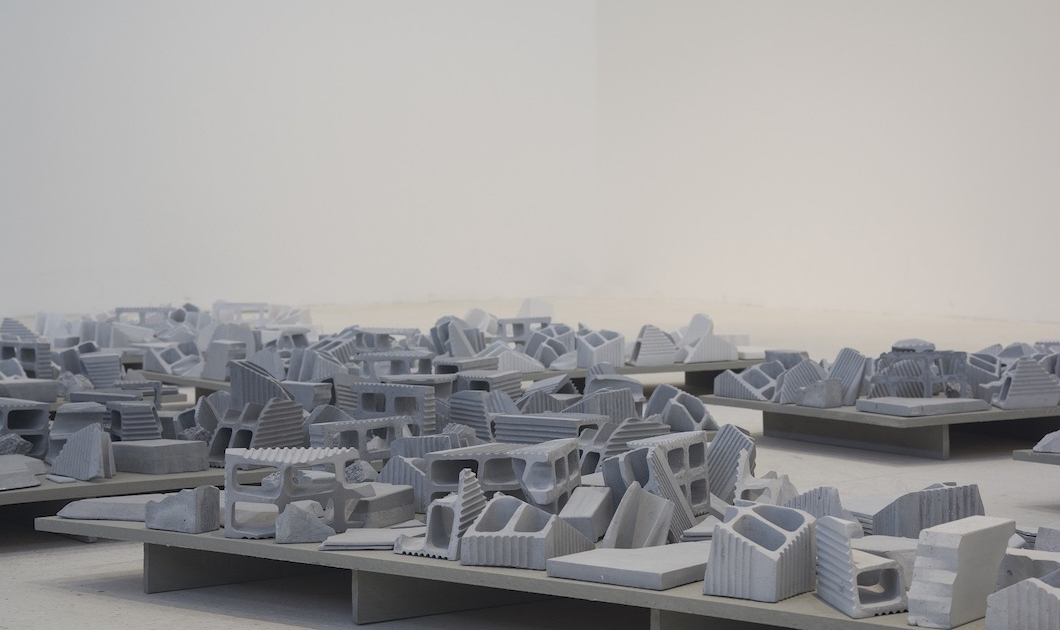
Through his foundation, Pejman has already began to support artists, exhibitions and publications in 2015. He is also responsible for the Kandovan space, which hosts residencies and exhibitions of local and international artists, and the cafeteria of the Tehran Museum of Contemporary Art (TMoCA), since 1977 in a famous building by Iranian architect Kamran Diba. Since 2017 and 2018 Pejman has opened the spaces of the Argo Factory, not yet renovated, with exhibitions by international contemporary art stars such as Neïl Beloufa and Slavs and Tatars.

Nazgol Ansarinia, The Mechanism of Growth, 2018, Courtesy dell'artista e Green Art Gallery

Nazgol Ansarinia, Reflections/Refractions, 2012, private image.
The scope of the museum project and the financial effort to implement it are extraordinary for Iran. It is the first private art project of this scale and he's funded it entirely on his own, who claims to have paid for it entirely. The hyperinflation that began in 2018 has quadrupled the costs. Initially the museum to open in June 20019 with an exhibition of video art from the collection of a museum in Paris, but this proved to be impossible. Argo Factory, with more than 4,500 m² of exhibition space, four galleries, a library, a cafeteria and offices, has now bopened instead with an exhi ition of the Iranian artist Nazgol Ansarinia. This is clearly a declaration of the museum’s intention to highlight contemporary Iranian art.
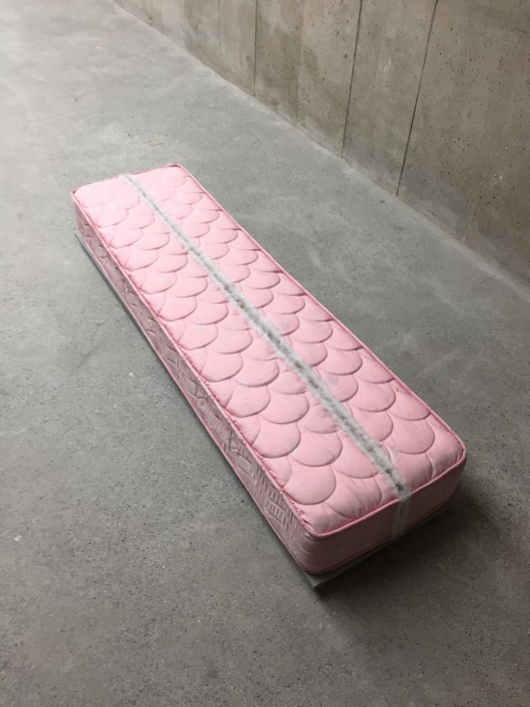
Nazgol Ansarinia, Mendings (mattress), 2012, private image

Nazgol Ansarinia, Mendings (Tabriz carpet), 2011, private image
Nazgol Ansarinia was born in 1979 and is an internationally acclaimed emerging Iranian artist was She is represented by the Raffaella Cortese Gallery in Milan and the Green Art Gallery in Dubai. . The exhibition is an overview of her work from 2005 to the present .Her installations, objects, drawings and videos are often based on long and extensive research and production processes and deal with the metropolis of Tehran and its urban and social changes. With their rather simple aesthetics, Ansarinia's workare well suited to the environment of the old factory, which combines the old and the new in a fascinating way, although they sometimes make it difficult to establish themselves against the backdrop of the impressive exhibition halls. There is an interesting interaction between the critical impulse of Ansarinia's works, created by isolating and transforming socio-economic phenomena and models in the urban environment, and the vast development effort that the Argo Factory represents for the old Ferdowsi district in the heart of Tehran.
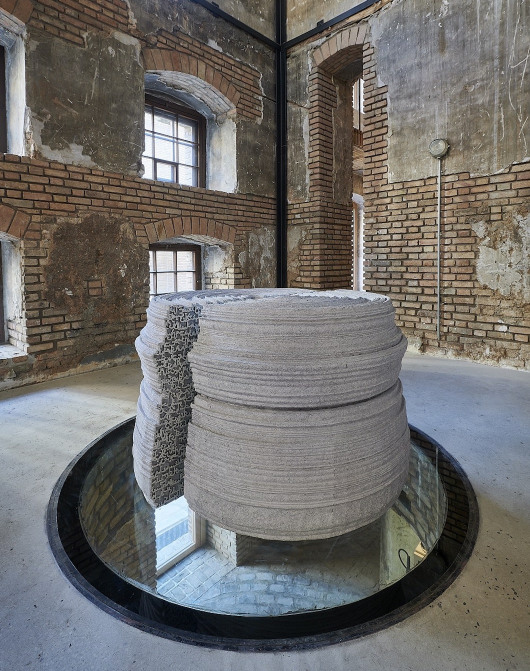
Nazgol Ansarinia, Pillars, Courtesy the Artist and Green Art Gallery
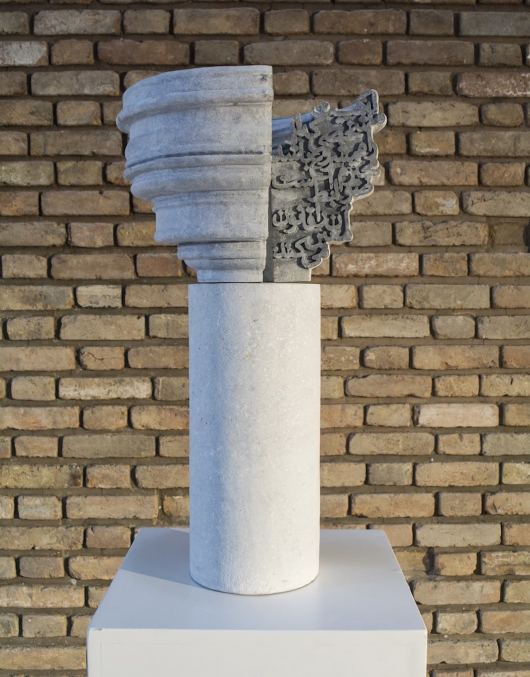
Nazgol Ansarinia, Article 47, Pillars, 2015, Courtesy the Artist and Green Art Gallery
The museum itself represents a political issue in Tehran. It fills a gap in its art community as a private and independent art institution, but since there is no comparable institution, it risks becoming dominant. The success of the museum and the educational project behind it will depend on how the Pejman Foundation and its art direction assume this responsibility. At the same time, an enterprise of this magnitude cannot operate completely independently in Iran. The Argo Factory is a cultural entity that attracts a wide audience, very different from a semi-private space - and therefore is more protected from censorship than private galleries. The growing interference of the authorities of the Islamic Republic of Iran in the art sector in recent years has been noticed by many parties (in the art world?) . In this sense , the Argo Factory is facing a delicate balance on which its credibility in the art scene in Iran and beyond will depend.

Nazgol Ansarinia, Do Not Boast, 2007, Courtesy the Artist
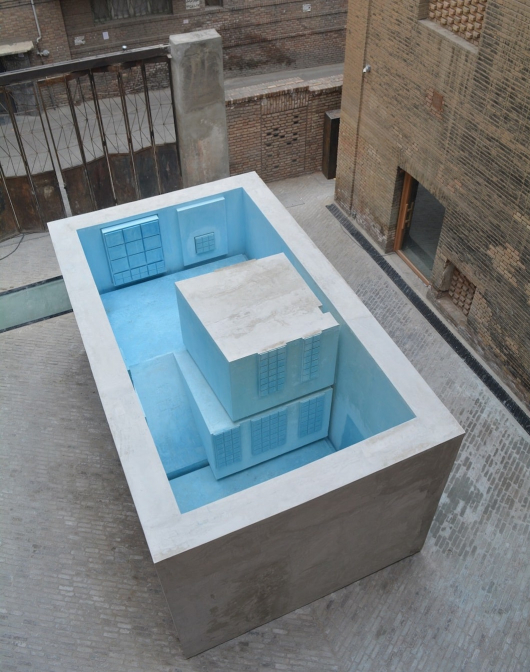
Nazgol Ansarinia, The Inverted Pool, 2019, Courtesy the Artist